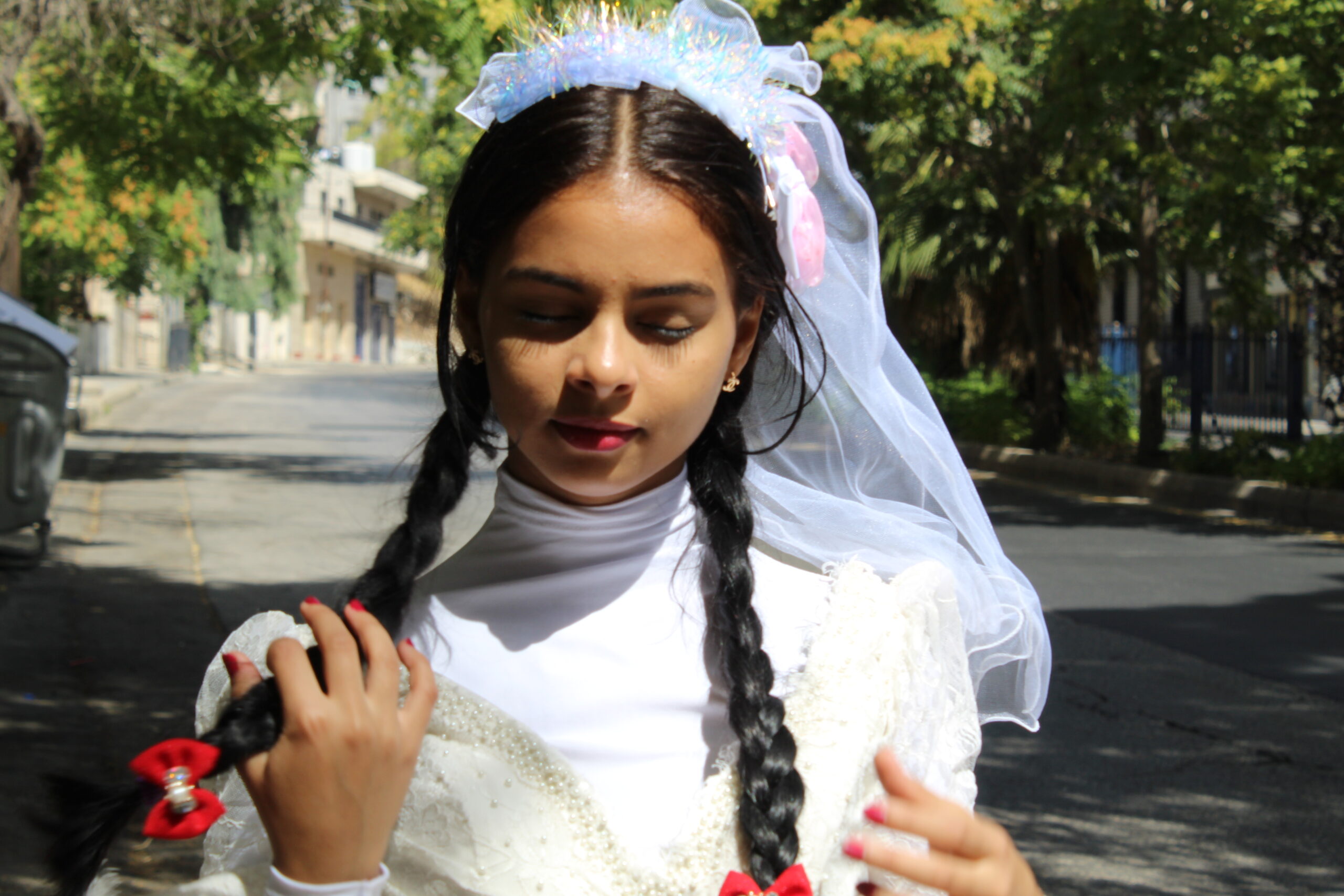India’s Battle for Child Rights: Progress Made and Challenges Ahead

One of the positive developments in recent years has been the passing of the Right to Education Act in 2009. This legislation made education a fundamental right for all children between the ages of 6 and 14, regardless of their social or economic background. It was a significant step towards achieving universal access to quality education.
Another area where India has made headway is in the campaign against child labor. The government has implemented strict laws and policies to combat the exploitation of children in the workforce. Organizations and activists have worked tirelessly to rescue children from hazardous conditions and provide them with education and rehabilitation.
Furthermore, India has taken important measures to address the issue of child marriage. The Prohibition of Child Marriage Act, enacted in 2006, criminalizes the marriage of underage girls and boys. This law aims to protect children from early marriage, which often leads to serious health problems, limited education, and a cycle of poverty.
However, despite these positive steps, India still faces significant challenges in ensuring the full realization of child rights. One such challenge is the persistently high rates of child labor. Despite the laws in place, many children continue to be involved in labor-intensive industries such as agriculture, domestic work, and the textile industry. Poverty, lack of awareness, and weak enforcement contribute to the ongoing issue, making it difficult to eradicate child labor completely.
Another pressing concern is the high number of out-of-school children in India. While the Right to Education Act has made education a fundamental right, millions of children still do not have access to quality education. Factors such as poverty, caste discrimination, and lack of infrastructure hinder their educational opportunities. Additionally, cultural beliefs and social norms often prioritize the education of boys over girls, leading to gender disparities in education.
Child trafficking is another major challenge that India faces. Thousands of children are trafficked within the country or across borders for various exploitative purposes, including forced labor, sexual exploitation, and organ trade. The government and non-governmental organizations are working together to combat this heinous crime, but the scale of the problem requires continued effort and collaboration.
Inadequate healthcare remains a significant issue impacting child rights in India. Malnutrition, lack of access to safe drinking water, and inadequate healthcare facilities contribute to high child mortality rates. India must prioritize the provision of quality healthcare services, especially in rural areas, to ensure the well-being and survival of its children.
Finally, despite the legal prohibition, child marriage persists in many parts of India. Deep-rooted social norms, poverty, and lack of awareness contribute to the persistence of this harmful practice. Efforts must focus on empowering communities, educating families, and providing support to potential victims to eliminate child marriage entirely.
In conclusion, India’s battle for child rights has witnessed progress being made, but various challenges still hinder the full realization of those rights. From education to child labor, child marriage to healthcare, there is a lot of work to be done to ensure every child in India enjoys their rights fully. Continued efforts from the government, civil society, and individuals are crucial to overcome these challenges and create a brighter future for the children of India.
Human right activist
Nada Foundation




